Blog - Los Angeles, CA Movers
What’s New
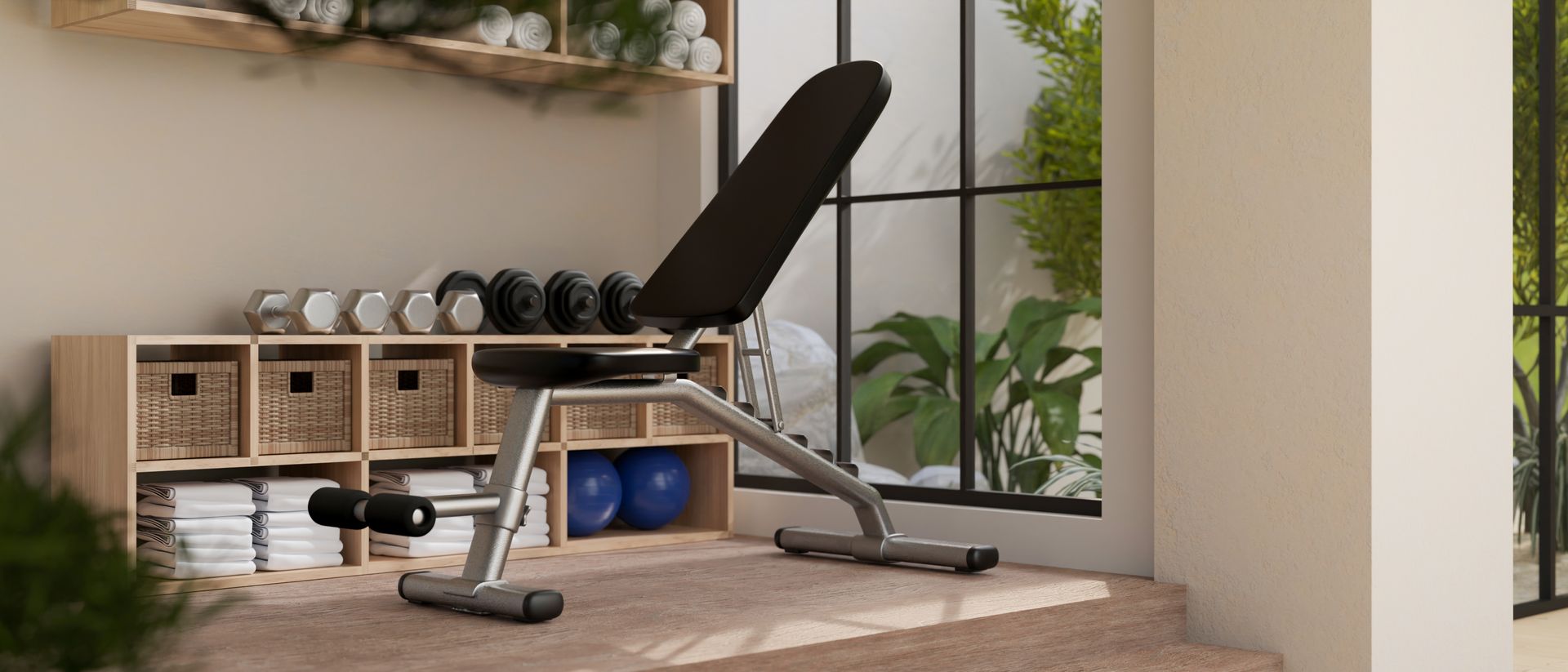
Moving homes is not just mental exhaustion, but also extremely physically demanding. Especially when you do it yourself. Loading and unloading bulky furniture and heavy drawers for the whole day can wear you out if you are not prepared. That is why we have compiled this list of workouts approved by the coaches for you to prepare for a day of heavy lifting.
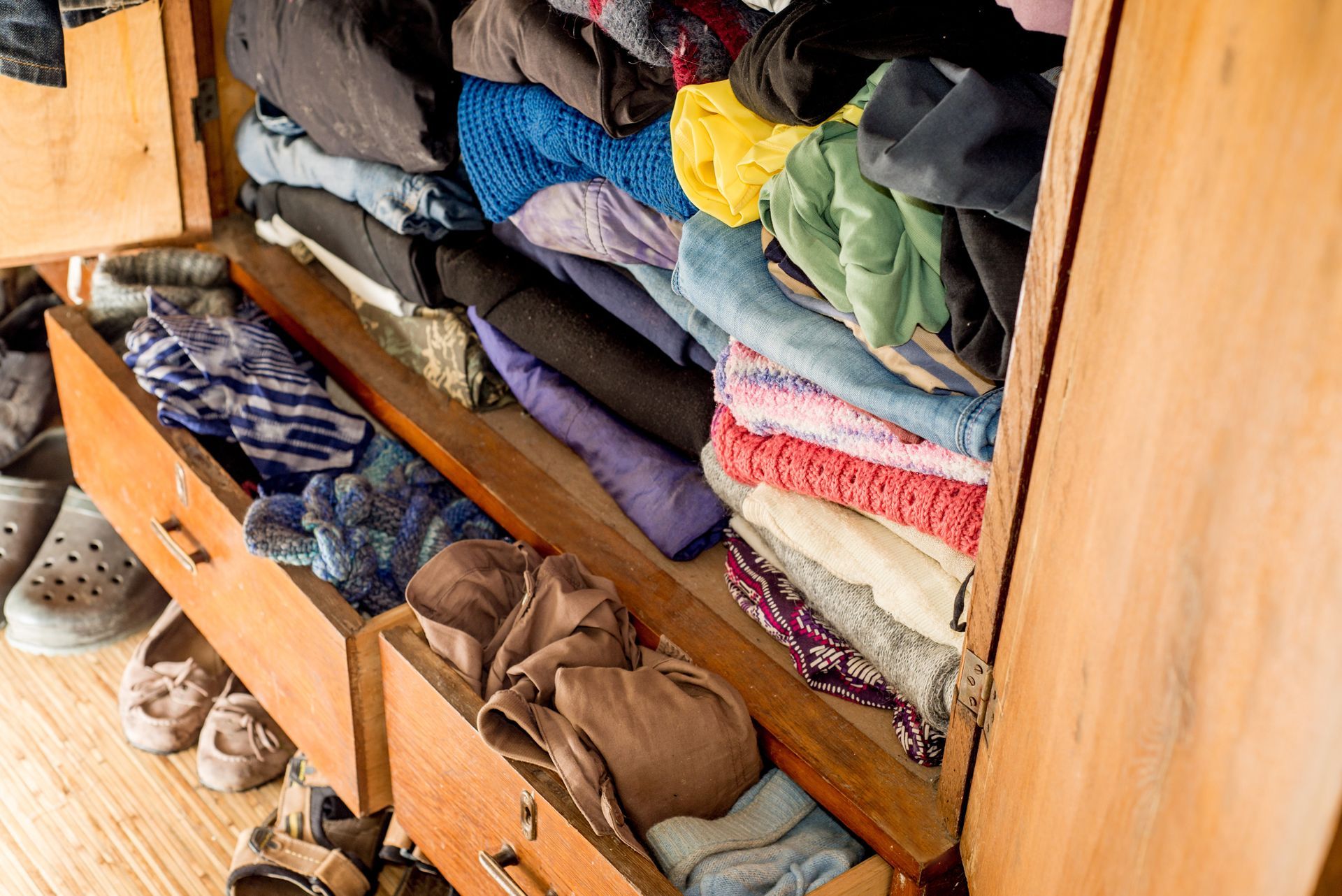
With so many people moving every day, and moving industry being so developed, it is important to know some moving basics. Especially if you are moving for the first time, or if your previous moves were chaotic and stressful. Even though there is a lot to do, moving process doesn’t have to be overwhelming and complicated . The key to success when it comes to moving is being prepared in advance and having the right packing essentials. If you follow our little guide to packing essentials necessary for the moving day, you’ll have your move smooth and easy.

Almost every company is faced with the need to move to a new office at least once. The reasons for the change of occupied premises can be very different. This may be an extension, the search for more convenient working conditions and image enhancement. It can also be the purchase of a bigger office or vice versa, the search for a more economical option due to financial difficulties. If you need to plan and organize an office move , your priority should be to hire top-quality movers in Los Angeles . How to properly prepare and organize this very important event? At first glance, the task is not easy, especially if this is the first time. But if you approach it in detail and without fuss, the process of moving can be quick, neat and lossless. So, after you choose the best office space, what is your next step?

Relocation is something people find very stressful and overwhelming. Even though your pets are not doing any packing or planning, believe us, they also find it difficult to cope with the moving process. Any change or unusual activity can potentially be a very big stress for animals . Also, adjusting to the new environment could be a process that takes time. That’s why you should take moving with a pet very seriously and if you want it to be a smooth, stress-free process – here’s our guide.
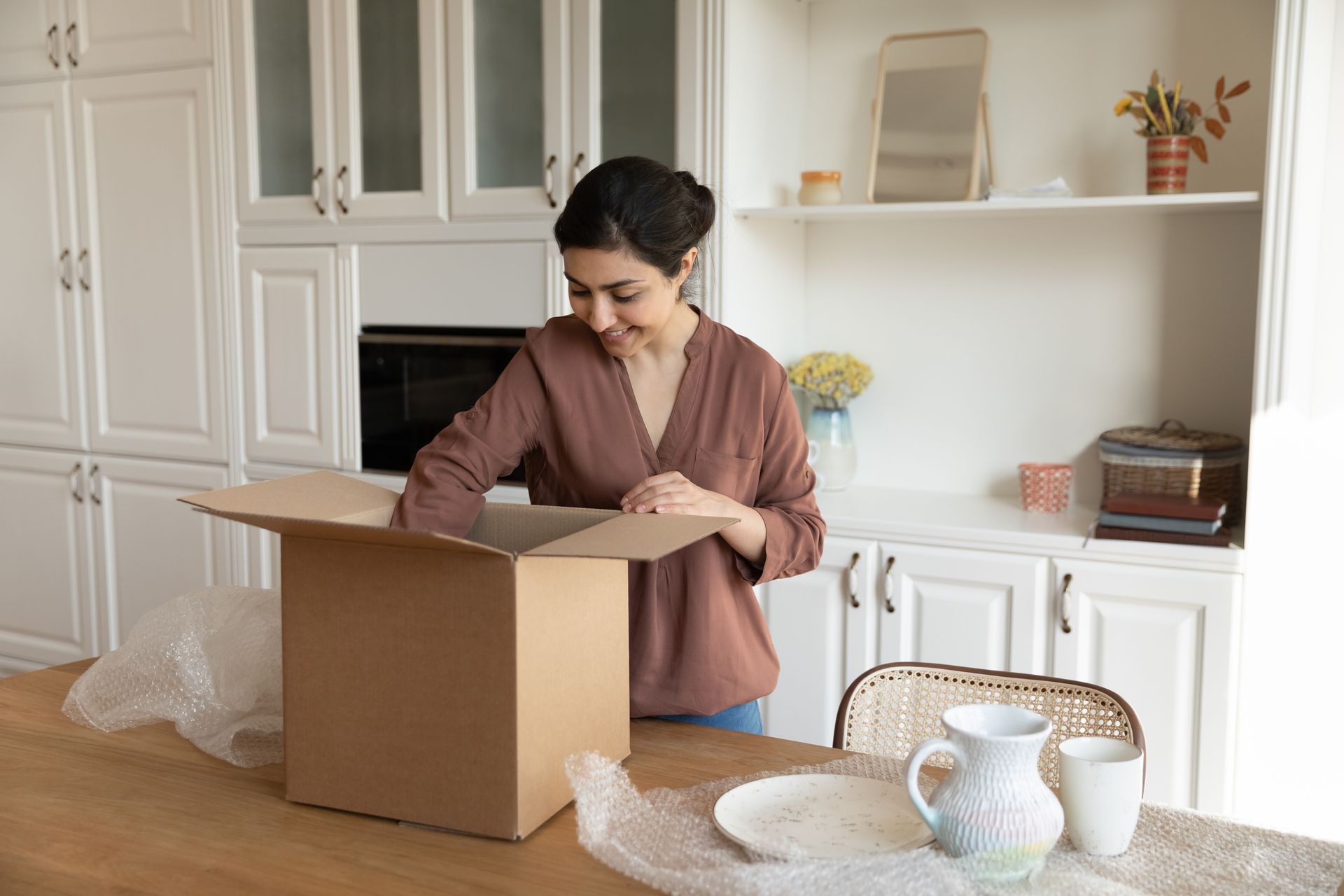
Is the mess a curse of your existence? Piles of paper, piles of toys, shelves overflowing with trinkets, drawers filled to the brim can all contribute to your stress levels and, in turn, encourage a poor diet and weight gain. This is perhaps especially true in your kitchen, where clutter can occupy valuable space. You need a clear, soothing space to prepare healthy meals for yourself and your family. Therefore, JB Movers Los Angeles presents you some tips for decluttering your kitchen from unhealthy materials.
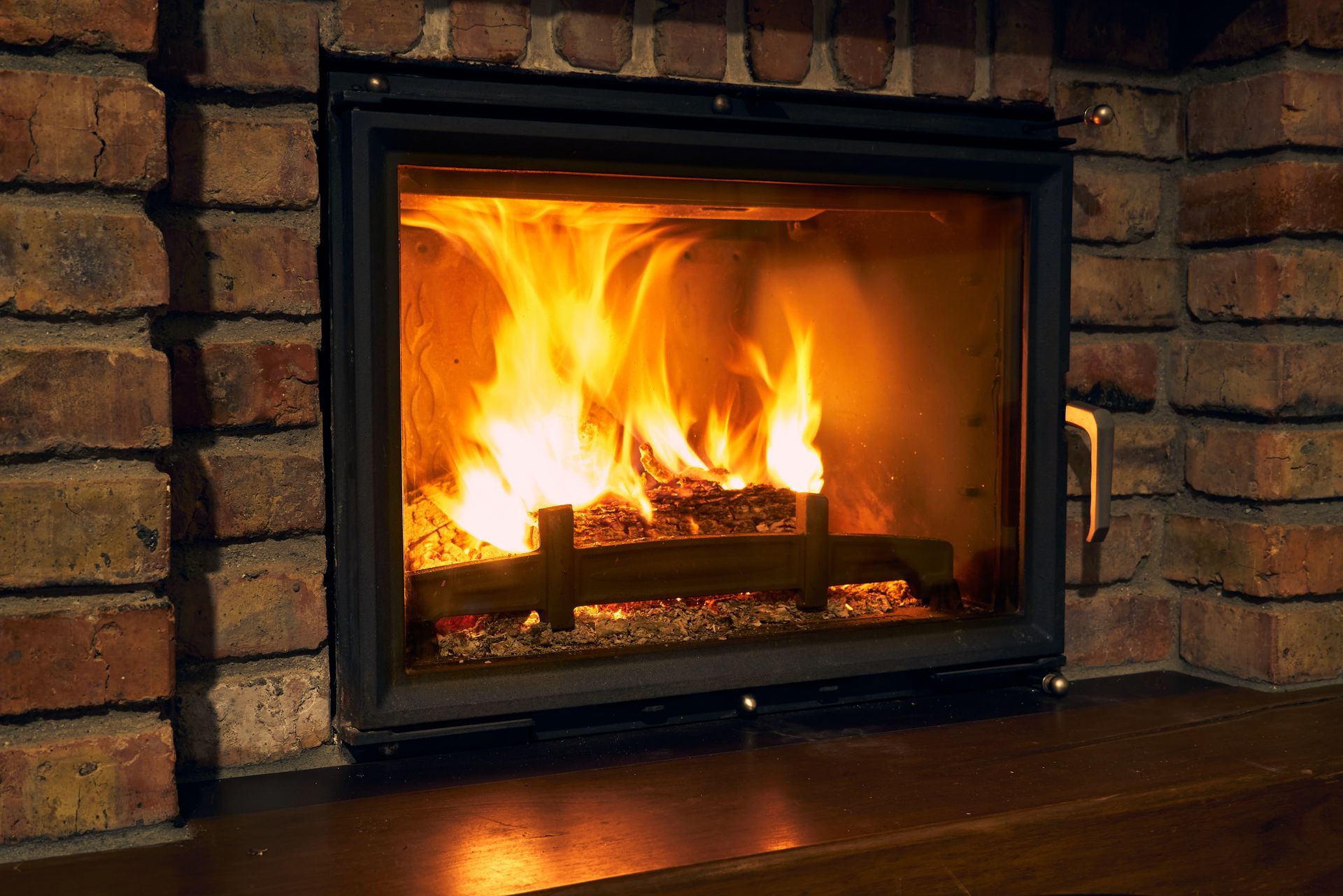
You know that your sofa, the dining room, your clothes and your books will safely arrive at your new home. These items will remain in place in a moving van, and they will certainly appear at your front door. You do not need to worry about them. However, that’s probably not the case with your musical instruments. These complex and fragile items can easily be damaged while traveling around the country, even if movers are driving carefully. Therefore, you must pack musical instruments carefully . We will show you how.

Choosing the perfect college seems like the most difficult decision – both for the student and the parents. It costs a lot and it shapes the future of the student. That’s why you need to be careful when choosing the best education program. However, don’t you worry. We’ll help you with that. Let’s go through the guide of the best colleges in California and how to choose the right one for you.
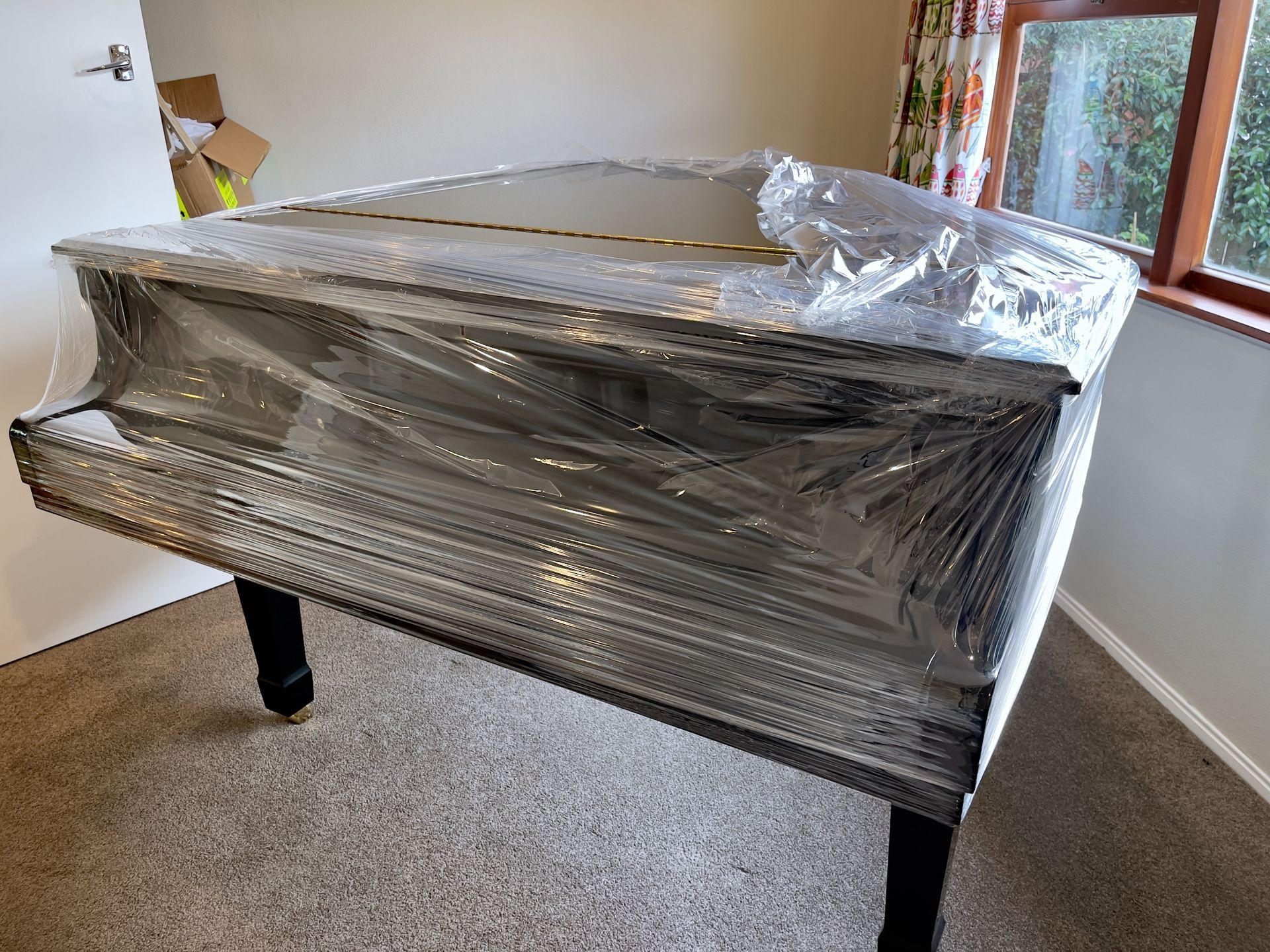
You know that your sofa, the dining room, your clothes and your books will safely arrive at your new home. These items will remain in place in a moving van, and they will certainly appear at your front door. You do not need to worry about them. However, that’s probably not the case with your musical instruments. These complex and fragile items can easily be damaged while traveling around the country, even if movers are driving carefully. Therefore, you must pack musical instruments carefully . We will show you how.
Request a Call Back
Call Back Form
Book Your Next Move
Get your FREE! Estimate and schedule your next move with our specialist






